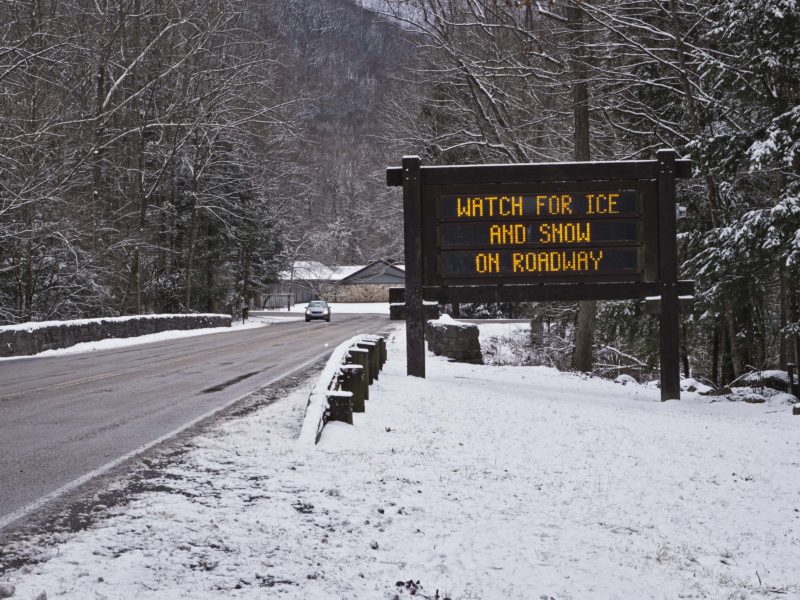Fall is one of our favorite seasons! The leaves, the cooler, shorter days and of course, pumpkin spice everything. There are some seasonal dangers associated with fall that can be quite hazardous if you’re not prepared. Knowing what these dangers are and how to anticipate them can mean the difference between a lovely, relaxing fall and having to file a potentially costly insurance claim.
Seasonal Fall Dangers
- The Road: A drive to see the fall colors can be relaxing and enjoyable for all. You should be aware of changing weather conditions. Fall brings rain, wind and fog. Standing water on the roadways can create a slick, ice-like surface making it difficult to control the vehicle or hydroplane. If you happen to be in an area where leaves are falling, the leaves have a similar ice-like effect on the car. Another potential danger while in the car is fog. Fog can seemingly roll in from nowhere and impede your ability to see road hazards like traffic, debris, etc. For all these dangers, the best course of action is attentive driving. Reduce your speed, increase your following distance and stay alert to changing conditions.
- The Wind: The wind returns, sometimes with a vengeance, during the fall. The wind can blow cars around the road and debris into the road. So during an episode of high winds, be alert to debris that may be entering the roadways. Trees and tree branches can also be a hazard. Trees that are diseased or branches that are low-hanging can become dislodged and cause massive amounts of damage to homes, garages and cars. The best way to try and stave off falling trees and branches is to trim all low-hanging branches that reside over dwellings. If your neighbors have tree branches that sit over your dwellings, work with them to get the branches removed. Also, if you suspect your trees to be diseased, have them inspected and removed.
- The Water: A gentle fall rain can be soothing, but let’s be honest, the rain in the fall tends to be more torrential. Fast moving storms can overwhelm storm drains (that could already be blocked with leaves or other debris), and the over saturated ground cannot absorb the water resulting in large amounts of standing water or a flash flood. Remember that a standard homeowner’s insurance policy does not cover outside water entering your home due to rain or flood. If you live in an area that is prone to flooding, having sandbags on hand in case of a storm could be the difference between just mopping off your front porch and filing a flood insurance claim.
- The Snow: Winter storms are responsible for nearly 500,000 car crashes every winter, according to the AAA Foundation for Traffic Safety. Snow can come early in some parts of the U.S., so if you live in an area prone to winter weather, it’s best to be prepared. If you have to drive in bad weather, make sure you drive slowly, accelerate and decelerate slowly and know your brakes. You should also be aware of black ice – thin layers of ice on the road can be transparent, which makes it extremely difficult to see. Black ice usually forms on bridges, overpasses, shaded areas and roads that are infrequently traveled. If you think you may encounter black ice, drive slowly, keep a safe distance between your vehicle and others and brake slowly. It’s also a good idea to keep cold-weather gear in your car in case you get stuck on impassable snowy or icy roads – like non-perishable food and water, warm clothing or blankets, a flashlight and medication.
With a little preparation, you may be able to avoid an unpleasant situation and a costly insurance claim. Contact our personal lines to find coverage that’s right for you.





